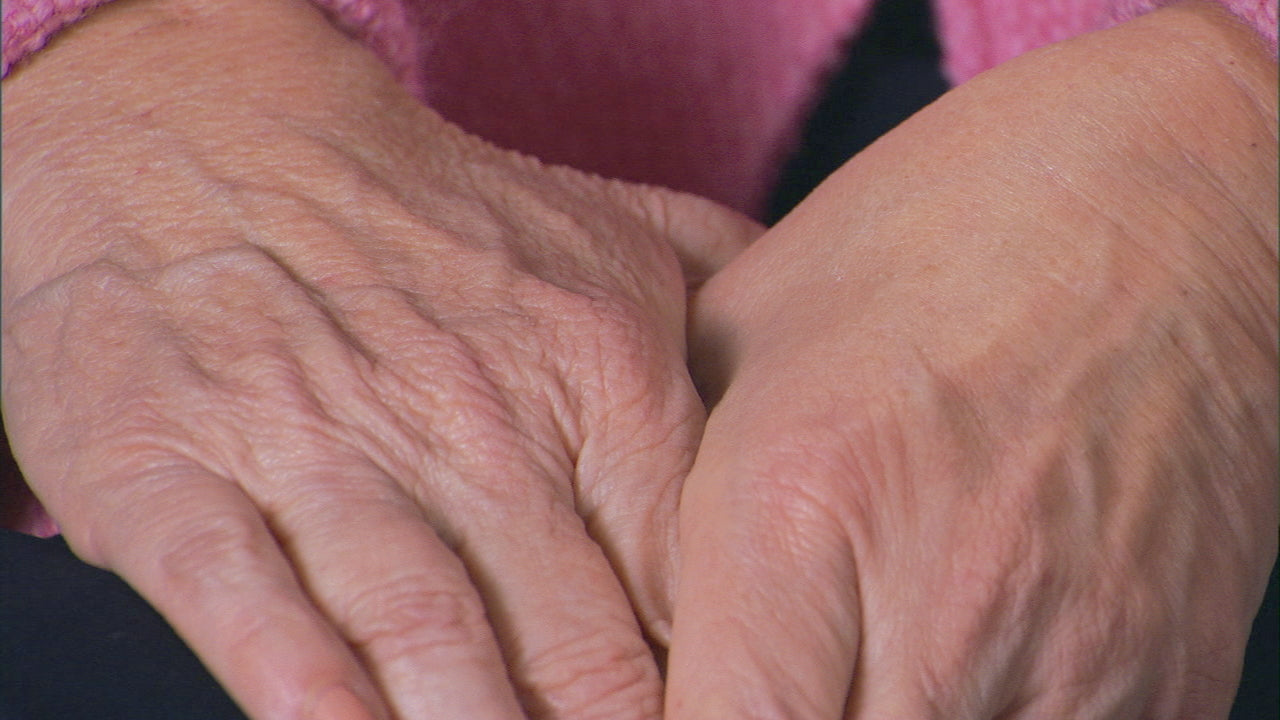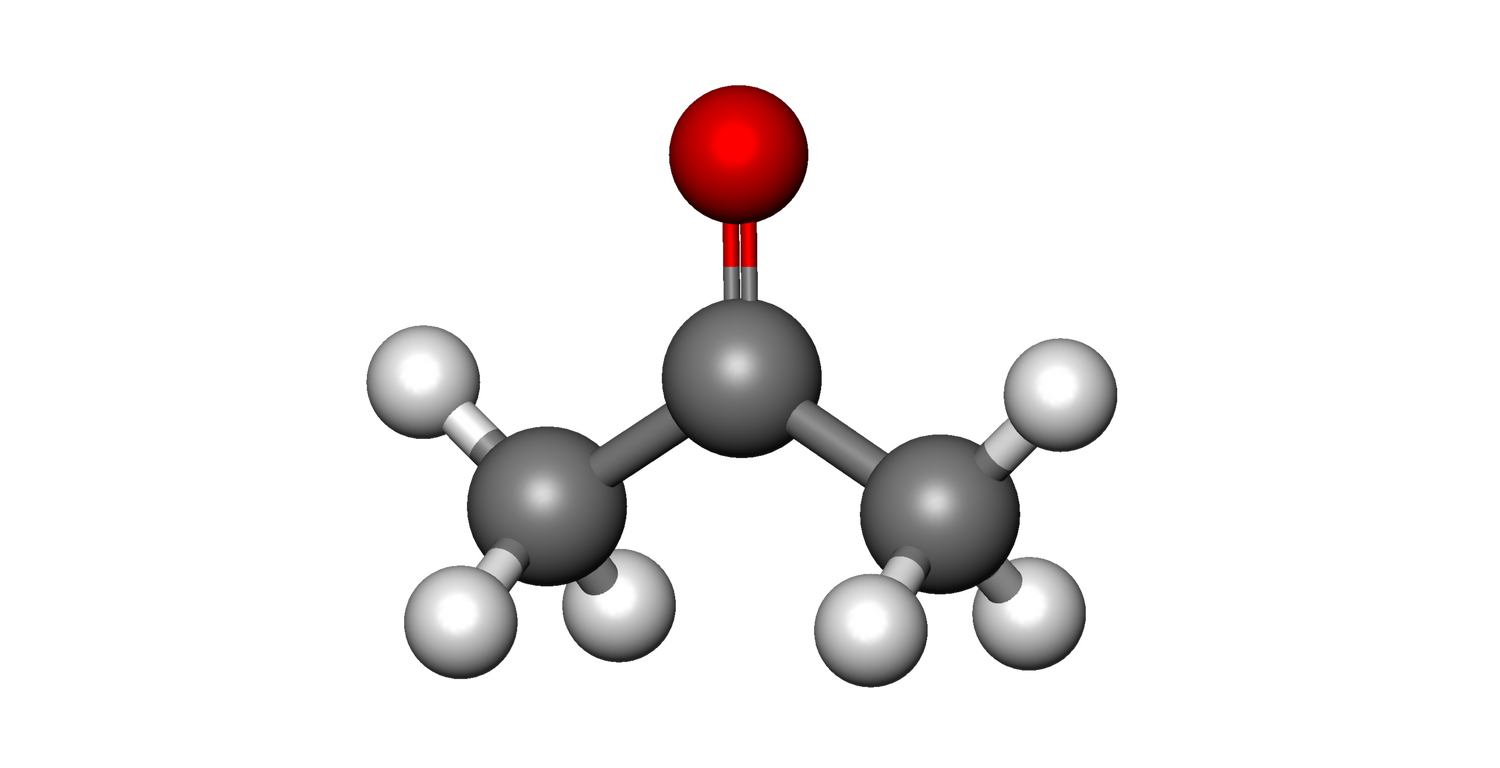Skin problems come in many different shapes and sizes, but most involve some interplay between bacteria, inflammation, and/or skin barrier function. Acne, for example, often involves bacteria that triggers inflammation and appears on your skin as a blemish or pimple. Psoriasis and eczema both involve inflammation and barrier function irregularities. Aging skin, dry skin and scarring are often characterized by skin barrier function imbalances as well. Surprisingly, research on acetone shows that its properties can positively impact these three drivers of skincare problems.
Acetone is known to be a very effective antimicrobial agent. As published at the Skin Disease Education Foundation 27th Annual Hawaii Dermatology Seminar in 2003, laboratory studies of acetone either alone or with the polymers in Skincerity, killed more than 99.8% of microorganisms in less than a minute of exposure. These were bacteria, yeasts, and fungus isolated from skin infections and tested in samples containing up to 10 million microorganisms per milliliter. Keeping your skin clean and healthy from bacteria that can block pores can help prevent skin breakdown.
The positive effects of acetone on inflammation and skin barrier function were discovered more or less by accident. In these experiments, acetone was used as a control and the investigators were not expecting to see the types of improvements that they did. In a study published in the medical journal Contact Dermatitis, acetone was unexpectedly shown to have anti-inflammatory effects equal to that of a corticosteroid (like hydrocortisone) in an experimental model, “That the acetone vehicle itself had an anti-inflammatory effect was an unexpected finding.” The authors speculated that the reason for the anti-inflammatory activity was related to the way that acetone reorganizes skin lipids.
Another study investigated the impact of different solvents on skin barrier function and was published in Biochimica et Biophysica Acta . Again, an acetone treatment group again showed a surprising result, “Acetone treatment led to a SC [stratum corneum; the outer layer of skin] sample with a decreased permeability thus with an increase on the barrier function.” This finding was attributed to acetone being unable to dissolve the specific skin lipids that influence skin barrier function.
These results led the same investigators to pursue a second, more in-depth study that was published in the Journal of Pharmaceutical and Biomedical Analysis where acetone was shown to selectively modify skin lipids into a more ordered fashion, leading to improved skin barrier function. In acetone-treated skin, “…lipids adopt a significant more organized structure.” Transepidermal water loss (or TEWL) is a complicated sounding term for a simple process: TEWL is the loss of water that passes from your body through the skin to the surrounding atmosphere via evaporation. When TEWL was measured in skin treated with acetone, water or sodium laurel sulfate (a known skin irritant), the results showed that, “Surprisingly, the modification of the skin with acetone did not increase the TEWL value as found with [water and sodium laurel sulfate]. In contrast, a statistically significant decrease in this parameter was found… These results clearly show that pre-treatment of skin with acetone gives rise to skin in which the remaining lipids can adopt a solid structure, improving barrier function.”
Our next post(s) will go more in depth about TEWL and Skincerity, and why skin barrier function is so important to healthy, younger looking skin.


